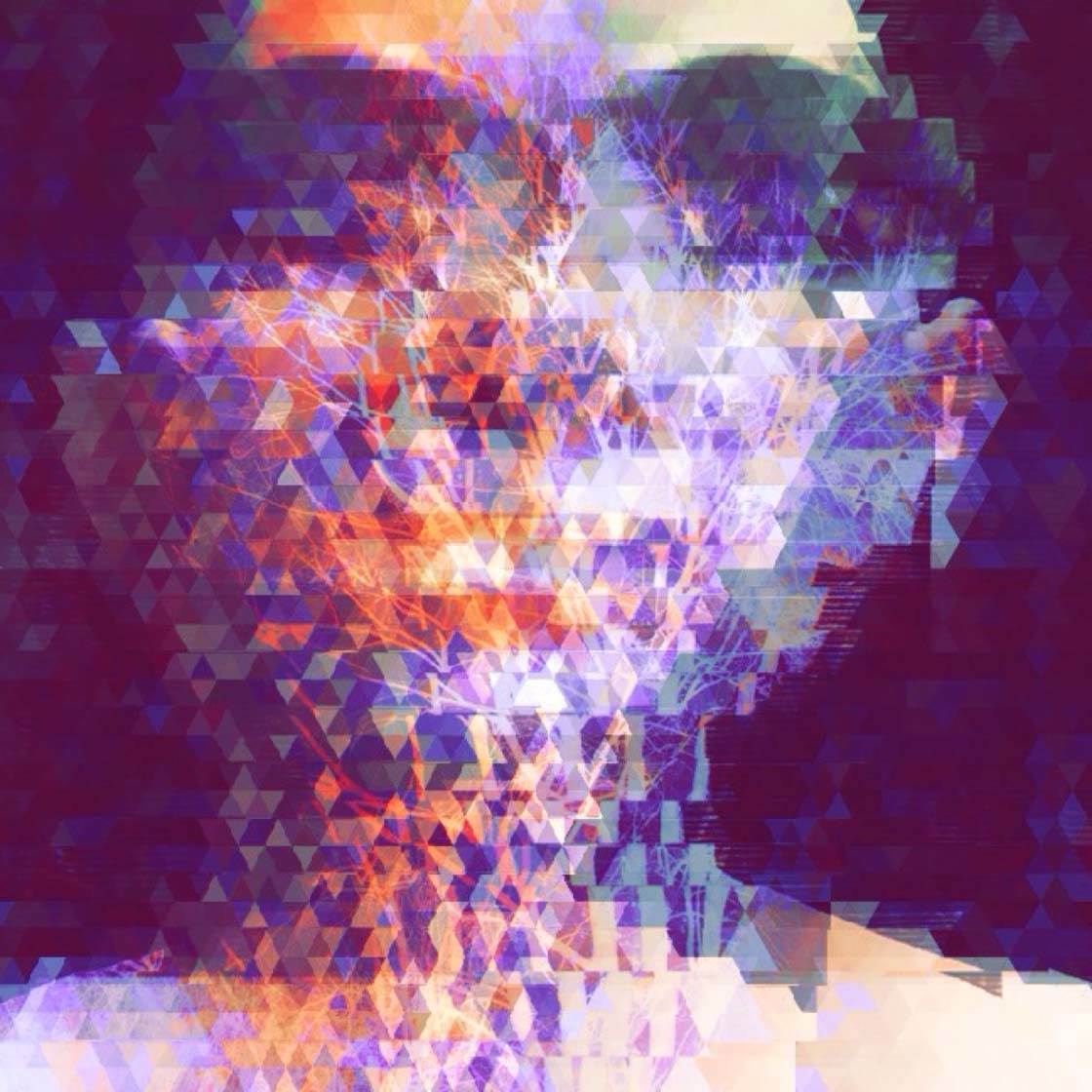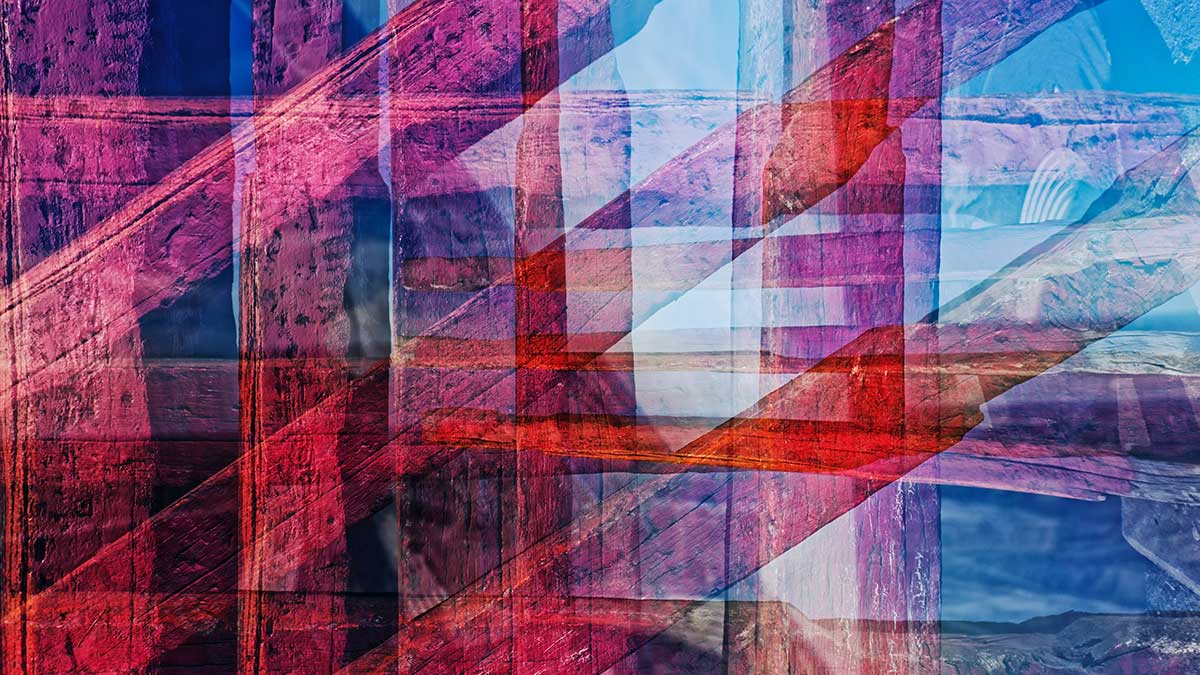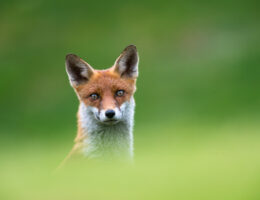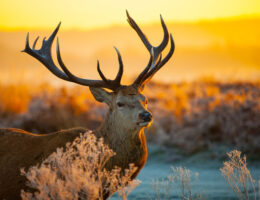IRAN ART EXHIBITION: YOU CAN GET ABSTRACT IMAGES WITH YOUR PHONE TOO!
Abstract photography is a fun way to add some creative flair to the process of snapping photos with your iPhone. One of the best things about abstract images is that they rarely follow the same composition rules that other types of photography seem to rely on. Instead, abstract photography expresses ideas and emotions without focusing on the usual representation of real objects. Any implied representation is left entirely up to the viewer, allowing the photographer to follow a creative path with lots of freedom.
The key elements of abstract photos
While there are fewer photography rules to follow when creating abstract photos, there are still a few elements that you can incorporate into your images to create a more visually stunning composition. Try to incorporate one or more of these elements in your abstract photography to add interest and depth to your images.
1. Lines
Your viewer’s eye will naturally follow lines within an abstract photo. Think of it like a tour guide directing the viewer around your image. Lines can be used to create patterns and textures, as well as add depth to your image. They can be thick or thin, curved or straight, gently flowing, or sharp and angular.
The direction a line is headed can totally change the feel of your photo. Diagonal lines may appear to be traveling to a predetermined destination, creating a sense of movement within. A leading diagonal line traveling into the photo will establish a sense of depth, even if there is no predetermined subject, and you’ll often see it in abstract architecture photography. Add vertical lines to your composition to provide strength and stability. Alternatively, horizontal lines will add a feeling of calm and well-being. Zigzags are powerful lines that represent action and excitement. And finally, curves and circles build motion and represent organic forms.
2. Colors
Unless you are shooting strictly in black and white, color is the first thing that viewers are likely to notice when looking at your abstract photos. One of the most important aspects of color is its ability to evoke emotions, making it the strongest visual element for creating a sense of feeling in your image.
Colors are characterized as either warm or cool. Warm colors can evoke excitement, adventure, love, passion, or even danger. Cool colors have the opposite effect, representing peace, tranquility, and sometimes loneliness.
3. Shapes
IRAN ART EXHIBITION: Shapes are the building blocks of an abstract image. And multiple shapes used together have the power to inspire, intrigue, and change your viewer’s perspective. As with lines and colors, shapes have a way of evoking certain emotions.
Rounded shapes represent continuous movement because there are no sharp corners or edges to distract the viewer. Squares and rectangles, meanwhile, create a feeling of strength and stability. Triangles are fun to add to your photo because they can lead the viewer’s eye into the image or create a sense of imbalance and tension. Even more tension can be created by capturing irregular shapes with sharp lines and edges.
4. Negative/positive space
Positive space usually refers to compositional elements within a photograph, while negative space refers to the area around those elements. With abstract photography, it can be more difficult to distinguish between positive and negative space. Instead of using a subject to create positive space, you will have to create a balance between colors, lines, and shapes so that your viewers perceive space that is both positive and negative.
5. Patterns
Patterns are created by repeating certain elements in your abstract image. Once you start looking, you will see patterns everywhere. Try to find repeating lines, shapes, or colors that speak to you. Those patterns will create powerful images that are often striking in their simplicity.
6. Composition
Take some or all of the elements mentioned above and combine them to create a composition that provides drama, emotion, and balance within your photo. You can create your composition while framing your shot and then adjust it by cropping during the editing process.
There is no right or wrong way to create a composition in abstract photography. The more you experiment, the more you will be able to create works of art that resonate with your viewers.
Quick abstract photography tips for beginners
Ready to try your hand at abstract photography? All you need is your iPhone camera and a bit of creativity. Here are some easy abstract photography tips to help you get started.
Tip 1: Practice macro photography
IRAN ART EXHIBITION: Zooming in close to a familiar object is a great way to create abstract images. Think of all the textures and patterns you can create by getting up close to food, insects, plants, or surfaces. Macro photography with your iPhone is best practiced with an external lens like one from Xenvo. This will enable you to get crisp close-up shots of everyday objects, turning the mundane and recognizable into cool abstract images.
Tip 2: Look for shapes instead of objects
Instead of scanning the world for specific subjects to photograph, try looking for blocks of shapes, patterns, and colors. This involves practice with defocusing your mind and your eyes to see the bigger — or sometimes smaller — picture. Once you start seeing this way, it gets easier. You will begin to find abstract compositions without even looking for them!

Tip 3: Create abstract images during the editing process
When it comes to editing abstract photos, you are only limited by your creativity. You can up the contrast to create stark lines and shapes. Or increase the color saturation for a more dramatic image. Another way to use post-processing to your advantage is to crop and/or rotate your image so that you focus on a small section of the scene. Use your skills developed with Tip 2 above to look for shapes, patterns, and lines within photos you’ve already taken. Then crop to highlight the area you’ve discovered.
How to shoot abstract landscape photography on iPhone
Start looking for abstract designs within the landscape, and you’ll soon be seeing them everywhere. When creating abstract landscape photos, follow these tips.
Tip 1: Move your camera to create blur
IRAN ART EXHIBITION: The next time you’re exploring a new landscape with your camera, try deliberately moving your camera while tapping the shutter. This technique will create a blur similar to an impressionist painting. The individual objects may not be recognizable, but the scene will be full of color and energy that can be further emphasized during the editing process.
Tip 2: Shoot abstract reflections
When you think of reflections in photography, you likely think of the popular mirror images depicting mountains and beautiful clouded skies. These shots are often taken early in the morning or late in the evening when the water is still. To create abstract reflection images, focus only on the water instead of the source of the reflection. If you can capture ripples in the water on a windy day, you will be able to get the essence of the object in the reflection with an abstract twist.
Tip 3: Capture the play of light and shadows
The contrast between light and shadows often creates cool shapes and patterns that make striking abstract photos. Capturing the effect of how light and shadows interact is best done during periods of bright sunlight when shadows are long. You can further emphasize the deep contrast between light and dark by converting your images to black and white in post-processing.
Tips for abstract portrait photography on iPhone
When you think of portrait photography, you probably don’t think much about the abstract, but using abstract techniques when shooting portraits can be a satisfying way to create powerful images. Here are some tips for creating abstract portraits.
Tip 1: Capture your portrait as a reflection
IRAN ART EXHIBITION: Whether you’re capturing the image of your subject through a glass window, a mirror, or a puddle on the ground, you will often produce results with deep shadows, distorted edges, or magnified features. You can even use strategically placed pieces of broken glass for a more fragmented image. Changing the angle from which you capture the reflection can further abstract your image, so don’t be afraid to get down low or up high for a new perspective on the scene.
Tip 2: Introduce a pattern of shadows across your subject’s face
Another cool idea for abstract portraits is to find or create interesting patterns of light and shadow and then project those shadows onto your subject. The result will be a photo that is part realistic, part abstract, and wholly engaging.
Tip 3: Capture only part of your subject’s form
By zooming in on a specific part of your subject’s body, whether it’s the curve of a shoulder or a close-up of an eye, you can see that the shape we know as the human form is actually made up of smaller elements that work well for abstract photography.
Creating dramatic and thought-provoking abstract images is really about changing the way you see. When you stop looking for the big picture and start seeing the interaction between shapes, colors, lines, and patterns, you will be one step closer to making stunning abstract photos.






